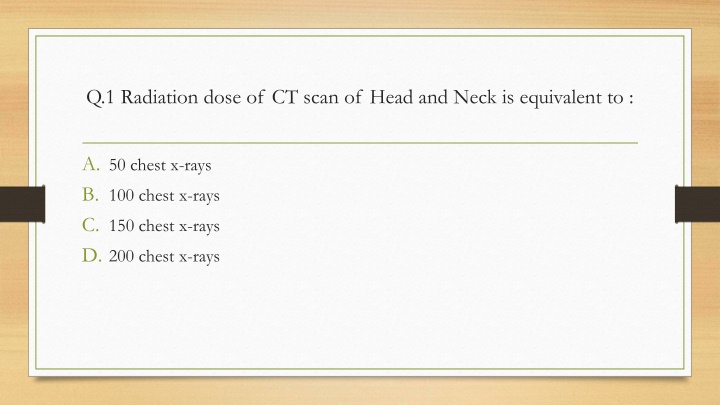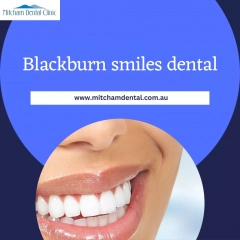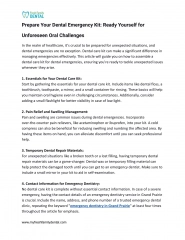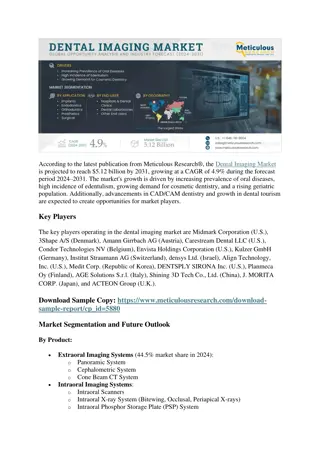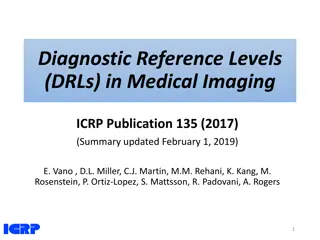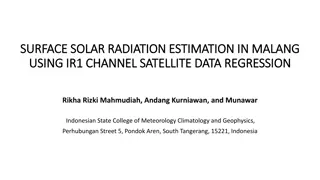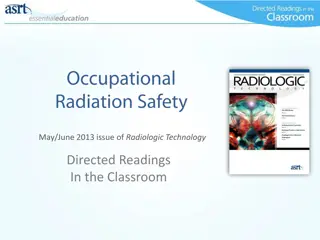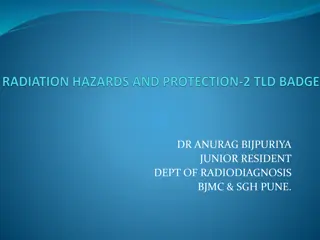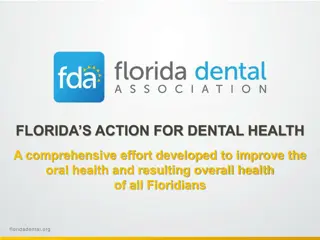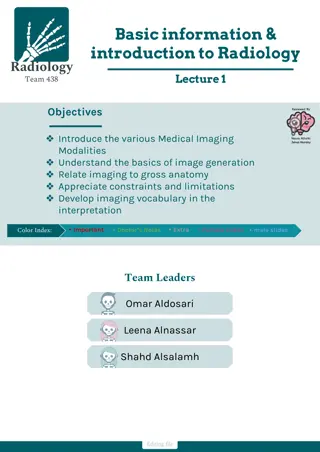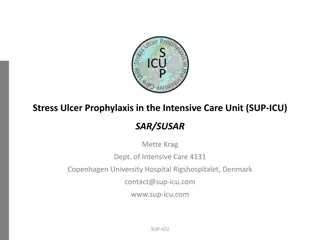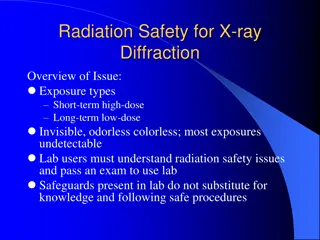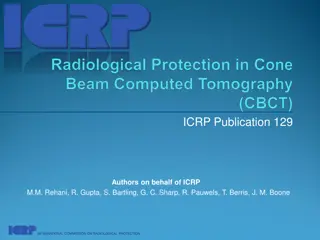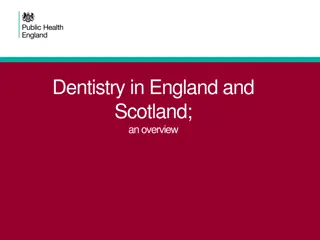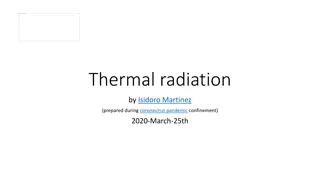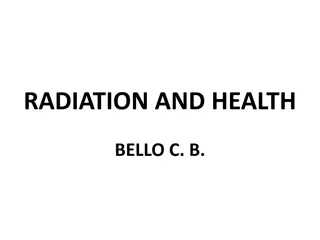Dental Imaging Assessment and Radiation Adverse Effects
World of dental imaging with details on CT scans, digital imaging systems, pixel resolution, and effective radiation doses in CBCT. Learn about commonly used imaging for implant assessment and the approximate size of CCD pixels. Discover the potential risks and benefits associated with different imaging techniques.
Uploaded on Feb 18, 2025 | 0 Views
Download Presentation

Please find below an Image/Link to download the presentation.
The content on the website is provided AS IS for your information and personal use only. It may not be sold, licensed, or shared on other websites without obtaining consent from the author.If you encounter any issues during the download, it is possible that the publisher has removed the file from their server.
You are allowed to download the files provided on this website for personal or commercial use, subject to the condition that they are used lawfully. All files are the property of their respective owners.
The content on the website is provided AS IS for your information and personal use only. It may not be sold, licensed, or shared on other websites without obtaining consent from the author.
E N D
Presentation Transcript
Q.1 Radiation dose of CT scan of Head and Neck is equivalent to : A. 50 chest x-rays B. 100 chest x-rays C. 150 chest x-rays D. 200 chest x-rays
Q2. How many pixels are required to resolve one line pair ? A. 1 B. 2 C. 3 D. 4
Q3.First Direct Digital Imaging System(RVG) was introduced in the year : A. 1980 B. 1984 C. 1988 D. 1982
Q4. Size of a Pixel in CCD is approximately: A. 10 microns B. 20 microns C. 30 microns D. 40 microns
Q5. Radiation effective dose of CBCT is: A. 13 Sv B. 1-8 Sv C. 36-50 Sv D. 5-16 Sv
Q6. Most commonly used imaging for assessment of implant: A. Intra oral periapical radiograph B. Lateral Cephalogram C. Panoramic radiograph D. Dentascan
